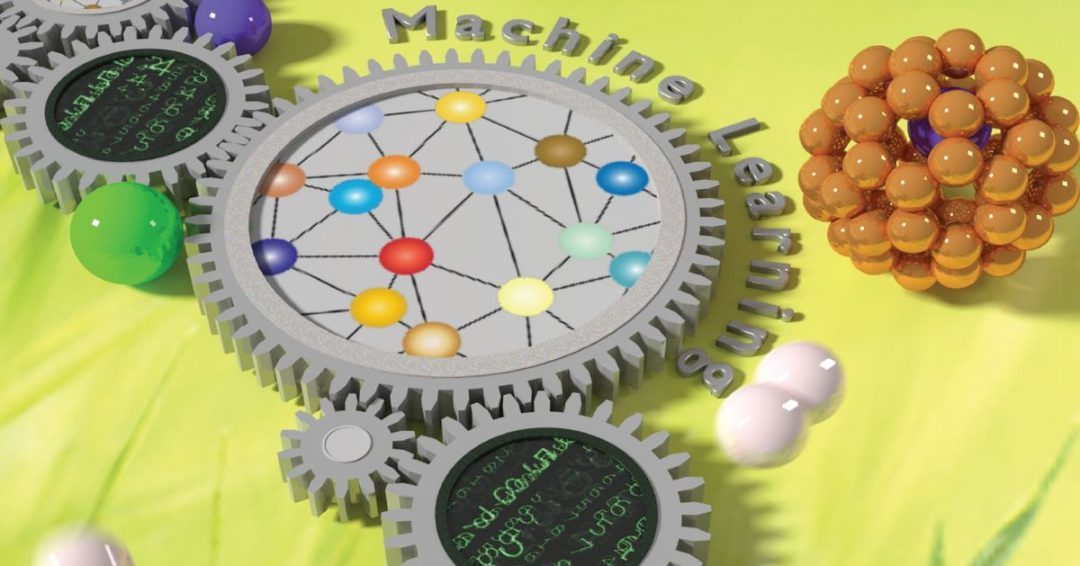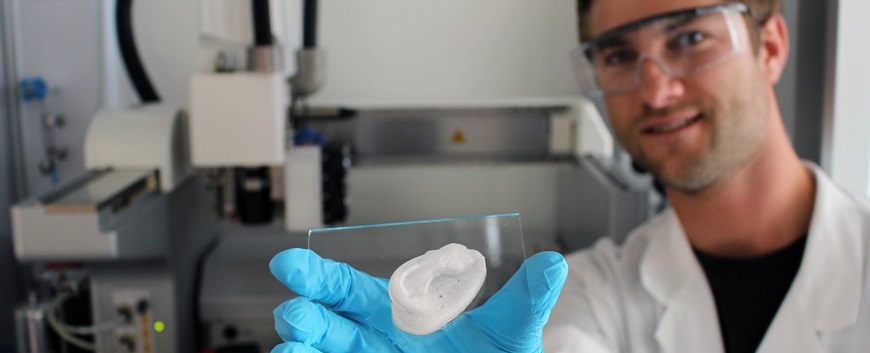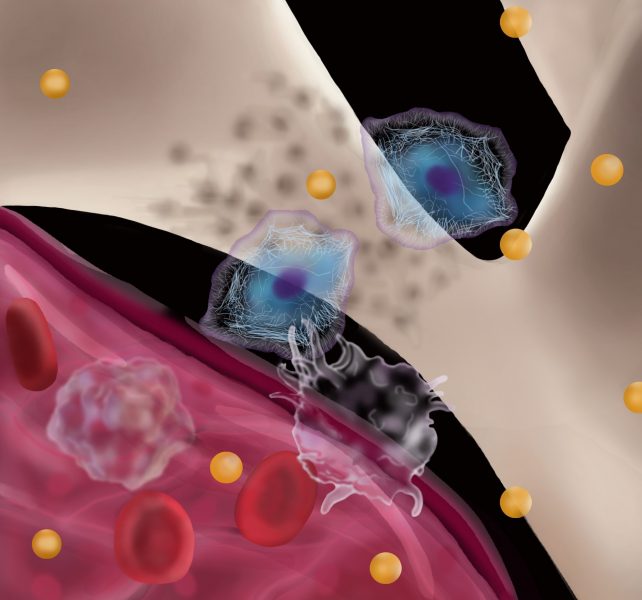Computational materials design is shown to be essential for the discovery of new and novel materials of the future.


Computational materials design is shown to be essential for the discovery of new and novel materials of the future.

Organ-on-a-chip technology allows for the study of caffeine transport across the placenta to the fetus during pregnancy.

Yadong Yin on stimuli-responsive materials, the importance of science communication and future research plans.

Researchers use biodegradable nanocellulose with additional functionalities to produce implants for cartilage diseases using 3D printing.

“Off the shelf” allogeneic stem cell transplants and stem cell nano‐composites are being used for the treatment of degenerative bone diseases. However, major and minor histocompatibility antigens of therapeutic cell transplants can be recognized as foreign and lead to their rejection by the host immune system.

Scientists at Carnegie Mellon University use soft magnetic materials to put more power into small motors.

Happy 20th birthday to Advanced Engineering Materials!
![An On-Skin Artificial Pancreas for Diabetes Management [Video]](https://www.advancedsciencenews.com/wp-content/uploads/2019/02/adfm201807369_ASN_001-e1550050676442.jpg)
A microneedle-array patch worn on the skin mimics the stable insulin secretion pattern of a healthy pancreas.

Self-assembling protein nanoparticles that target the mitochondria and rapidly accumulate in tumors have potential for combination therapies.

An electrospun hydrogel scaffold shows promising results for regeneration of the spinal cord following injury.